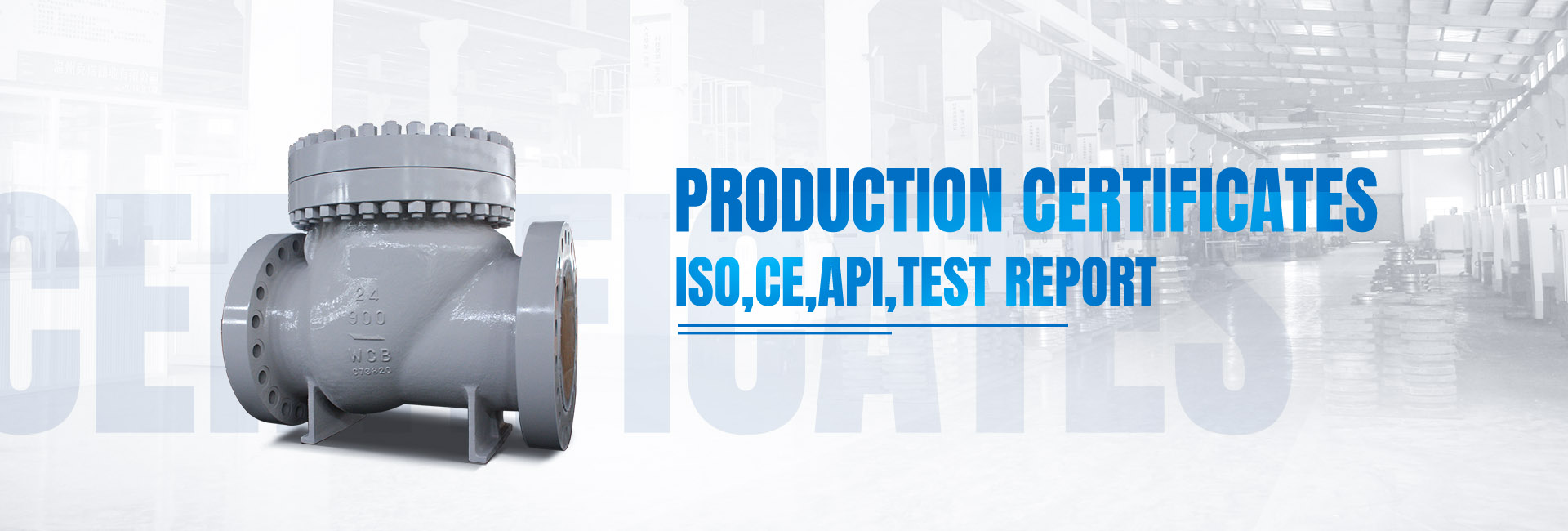Gaskets are a very common spare part of equipment.
Factory gasket, have you installed it correctly?
If installed incorrectly, the gasket may be damaged during equipment operation and may even be dangerous.
What tools are required for installation?
Prepare the following equipment before installation:
A calibrated torque wrench, hydraulic tightening wrench, or other tightening tools;
Steel wire brush, brass brush is better;
Helmet
Goggles
Lubricant
Other factory-specified tools, etc
Cleaning and tightening fasteners requires a variety of specific tools, in addition, standard installation equipment and safe practice must be followed.
Installation steps
1. Check and clean up:
Remove all foreign matter and debris from gasket pressing surfaces, various fasteners (bolts, studs), nuts and gaskets;
Check fasteners, nuts and gaskets for burrs, cracks and other defects;
Check whether the flange surface is warped, whether there is radial scratches, whether there are deep tool bump marks, or other defects that affect the correct seating of the gasket;
If the defective original is found, it should be replaced in time. If you have any doubts about whether to replace it, you can contact the seal manufacturer in time.
2. Align the flange:
Align the flange face with the bolt hole;
Any non-positive situation should be reported promptly.
3. Install the gasket:
Verify that the gasket meets the specified size and specified material;
Check the gasket to ensure that there are no defects;
Carefully insert the gasket between the two flanges;
Confirm that the gasket is centered between the flanges;
Do not use an adhesive or anti-adhesive unless the gasket installation instructions call for it; align the flange faces to ensure the gasket is not punctured or scratched.
4. Lubricate the stressed surface:
Only the specified or approved lubricants are allowed to be used for the lubricating force-bearing area;
Apply enough lubricant to the bearing surfaces of all threads, nuts and washers;
Make sure that the lubricant does not contaminate the flange or gasket surfaces.
5. Install and tighten the bolts:
Always use the right tool
Use a calibrated torque wrench, or other tightening tool that controls the function;
Consult with the technical department of the seal manufacturer about torque requirements and regulations;
When tightening the nut, follow the "cross-symmetrical principle";
Tighten the nut according to the following 5 steps:
1: The initial tightening of all nuts is done manually, and the larger nuts can be tightened with a small manual wrench;
2: Tighten each nut to approximately 30% of the total torque required;
3: Tighten each nut to approximately 60% of the total torque required;
4: Tighten each nut again using the "cross symmetry principle" to reach 100% of the required torque of the whole wood;
Note: For large diameter flanges, the above steps can be performed more times
5: Tighten all nuts one by one in a clockwise direction at least once to the full required torque.
6. Tighten the bolts again:
NOTE: Consult the seal manufacturer's technical department for guidance and advice on re-tightening the bolts;
Non-asbestos gaskets and gaskets containing rubber components that have been used at high temperatures must not be re-tightened (unless otherwise specified);
Fasteners that have received corrosion thermal cycles need to be re-tightened;
Re-tightening should be done at ambient temperature and atmospheric pressure.
Post time: Aug-15-2022



